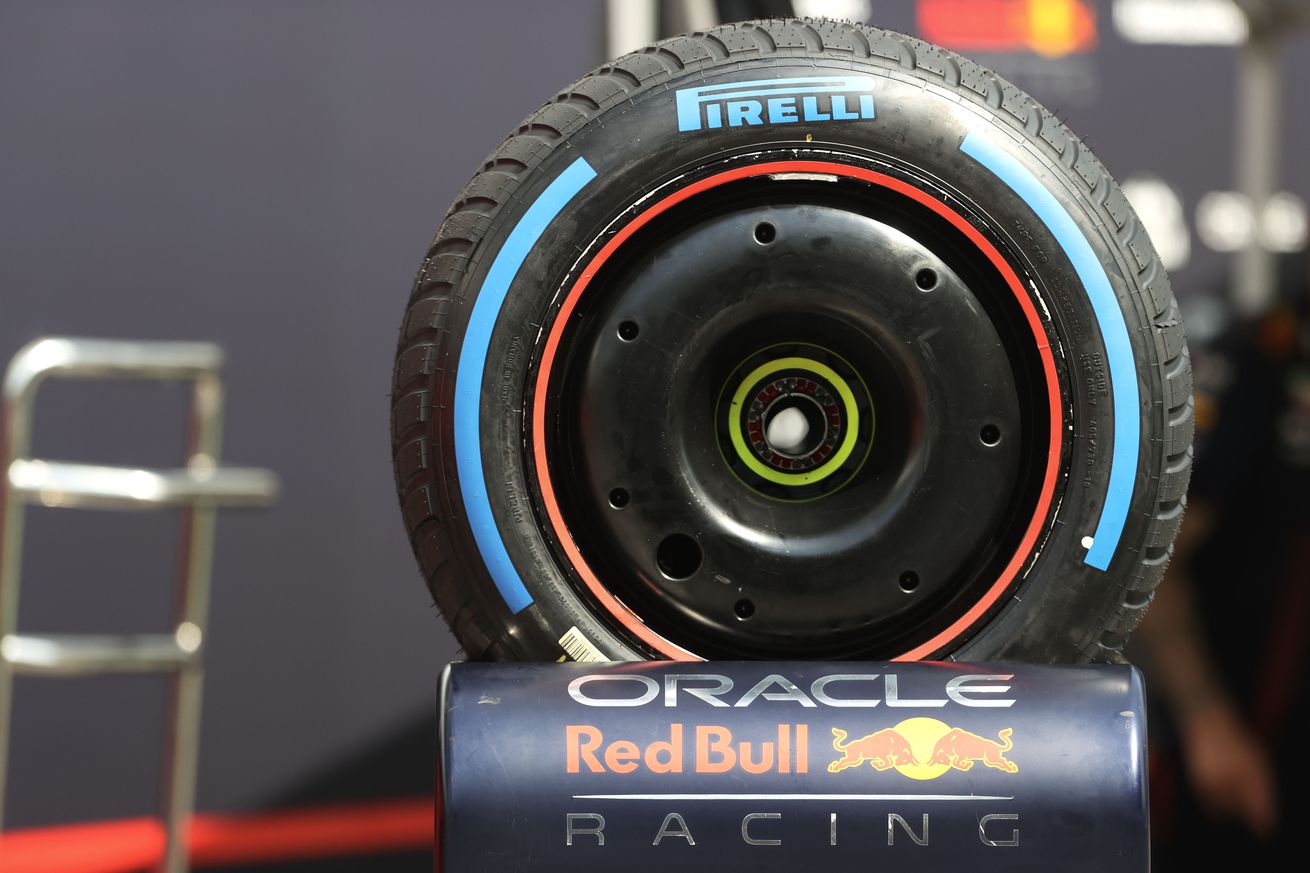Photo by Qian Jun/MB Media/Getty Images
Pirelli will remain the sport’s exclusive tyre supplier through at least 2027
Formula 1 announced on Tuesday that Pirelli is set to remain the sport’s exclusive tyre supplier through at least the 2027, with an option to extend the deal one more season. Under the contract, the company will also be the exclusive provider of tyres for both F2 and F3.
The announcement means that by the end of the new agreement, including the possible extension, the company will have been the sole supplier of tyres to F1 for 18 seasons.
“Since returning to the sport in 2011 Pirelli has been an invaluable partner, supporting Formula 1 through new generations of technology and technical regulations and delivering tyres to enable fantastic racing for our fans,” said Stefano Domenicali, President and CEO of F1. “The company’s commitment to quality, innovation and their deep knowledge of our sport will be vital in the coming years as we approach our new regulations in 2026 and the work Pirelli is focused on relating to sustainability, proven by the FSC certification, will ensure we continue to work together towards our shared Net Zero 2030 goal.”
Pirelli had to fend off a bid from Bridgestone, as the Japanese company looked to return to the F1 grid after a long layoff. Domenicali acknowledged Bridgestone in F1’s statement on Tuesday morning.
“I would also like to commend Bridgestone for their impressive proposal and engagement throughout the process,” noted Domenicali. “They have a proud legacy in our sport and I would like to thank them for their highly professional and passionate engagement with us.”
According to multiple reports, Pirelli’s new deal with F1 will be their last, which opens the door for Bridgestone as early as the 2028 season.
The announcement comes following the Qatar Grand Prix, where tyres were a huge story. Ahead of the Grand Prix, FIA instituted an 18-lap maximum for each set of tyres during the race, due to Pirelli discovering that treads were pulling away from the tyre carcass. This was likely due to the 50 millimeter kerbs at the Qatar Grand Prix, and the vibration created when drivers rode those kerbs for extended periods as they pushed their cars to the limit.
As a result, drivers had to make at least three pit stops during the Grand Prix on Sunday, and without periods of tyre management it meant drivers were pushing themselves during the entire race. That led to “dangerous” conditions, as numerous drivers needed medical treatment after the race. The combination of high heat, increased G-forces created by the track’s layout, and pushing for the entire race made things tough on the drivers.
Now FIA is investigating the situation.











